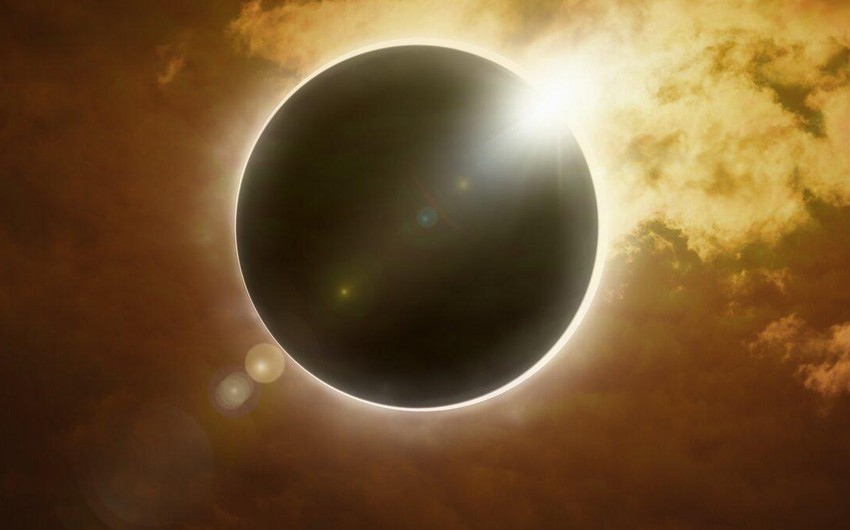On April 8, the shadow of a total solar eclipse will race across North America. At the same time, researchers from the Cornell Lab of Ornithology and partners will be hurrying to measure the impact of daytime darkness on the movements of birds, bats, and insects—flying creatures that are very attuned to changes in light levels, Report informs referring to Phys.org.
Spring migration is underway right now and with most birds flying at night, a solar eclipse could heavily impact them.
"Light is such a fundamental and ubiquitous cue, governing so many aspects of life on Earth," said Cecilia Nilsson, lead author of a previous Cornell Lab study when she was a Rose Postdoctoral Fellow. "But it's pretty hard to manipulate light at large scales. Here we have this unique natural phenomenon setting up a huge 'experiment' for us."
Researchers will measure airborne activity using US weather radar stations in the path of the eclipse, stretching from Mexico to Texas to Maine. Signals from weather events, such as rain, are removed from the radar images, leaving only biological data –birds, insects, and bats. The team will measure movements during the height of the eclipse when the moon is directly between the Earth and the sun, otherwise known as the "totality." They'll measure again at sunset for comparison.
According to NASA, most locations along the path of totality will be in darkness for 3.5 to four minutes, up to 4.5 minutes in Mexico—not a lot of time to collect data. The researchers are building upon findings from a similar study done during the August 2017 total eclipse.


 https://static.report.az/photo/ed16c18b-96db-3c47-a2aa-c2c7feb552a1.jpg
https://static.report.az/photo/ed16c18b-96db-3c47-a2aa-c2c7feb552a1.jpg

